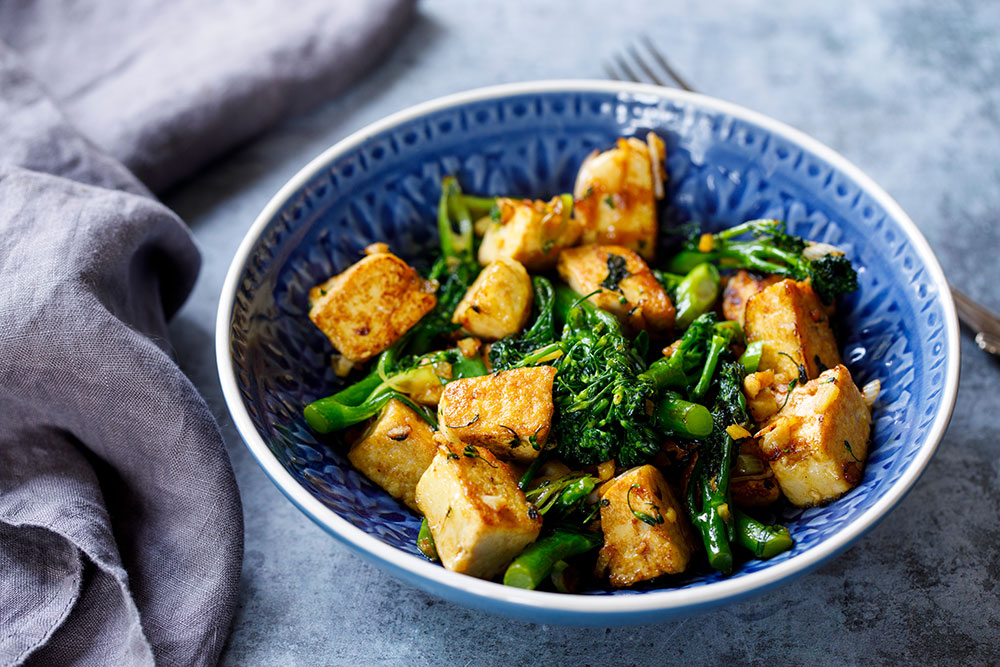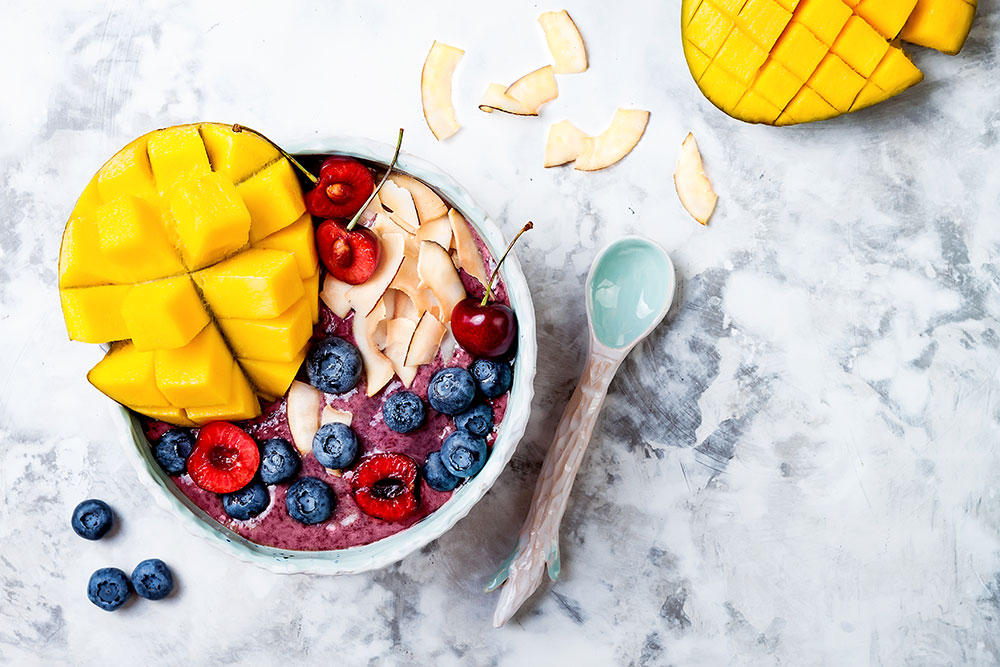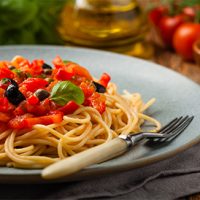The Natural & Organics Show (NOPEX) will be taking centre stage once more at…

Food Expectations for 2020
As a new decade beckons, food experts from around the world have been clamouring to share their thoughts and predictions for the trends most likely to dominate the food and beverage industry in 2020 and beyond. Priorities differ according to countries and continents covered, but several common themes emerge.
Plant-based eating is universally predicted to continue its surging popularity amongst consumers, with Innova Market Insights citing an annual growth rate of 68% over the past five years. Director of Insight and Innovation, Lu Ann Williams, comments, ‘Plant-based eating is moving from trend to food revolution status and goes hand in hand with sustainability’. Similarly, Nestle’s Chief Technology Officer, Stefan Palzer, addressing a global networking audience shared his personal insight that plant-based nutrition is ‘exploding’. ‘Probably many of you now have a vegetarian or vegan in the family: I have three of them. I’m the only carnivore in the family’.
Whole Foods pooled the expertise of local foragers, buyers and culinary experts for their predictions, all maintaining that the plant-based movement will continue to boom, with the market hitting $2.5 billion by 2023. The trendiest brands are expected to ‘slow down’ on soy and instead use grains, mung beans and other ingredients which ‘mimic the textures of yogurt and other dairy products’. Other projected trends highlight West African ‘superfoods,’ moringa and tamarind, for their wellness benefits, ‘single-serve’ packaged goods and alternative fruit and vegetable flours. Whole Foods name regenerative farming as a top priority for 2020, defining it as the ‘farming and grazing practice to restore degraded soil, improve biodiversity and increase carbon capture to create long lasting environmental benefits’.

The agriculture industry influences many sectors of the economy and trends that are seen this year are likely to set the stage for many years going forward and beyond. Farmers can now use agricultural drones to provide detailed weather predictions, not just to determine which crops should be planted in any given timeframe, but also to detect if local weather conditions are conducive to specific crops being harvested. About 40% of all the food produced in the United States goes uneaten because it is imperfect. As a way to combat food waste, start-up food companies are sending boxes of misshapen, bruised and ‘ugly’ foods direct to consumers’ homes.
In Asia, the food and beverage market has been invigorated by rising incomes, interest in new products and a surge in knowledge about health and wellness. South-East Asian meat substitute, jackfruit, looks set to be a fixture for 2020 – and not just for its iron, calcium and B vitamin properties, but also for its reputation to fight wrinkles. Thailand, Philippines and Borneo have all imposed some form of sugar tax to clamp down on high sugar products, with fruit derivatives being adapted for dairy, bakery and confectionery applications. Asian consumers will increasingly look to granola, muesli and natural healthy snacks as a preferable alternative to traditional snack bars and this category of ‘on-the-go’ products is expected to accelerate between 2018 and 2023.
As mental health and wellbeing issues continue to dominate media coverage, award winning food-writer, Mareya Ibrahim, believes that CBD-infused products are the most exciting category to reach consumers for decades and will continue to soar in popularity. Mareya predicts that CBD-infused wellness shots, coffee drinks and chocolate will become widely available in restaurants, spas and grocery stores, once dosing and labelling regulations have been clarified. This theory is supported by hospitality company, Benchmark, which reports that the CBD food trend has ‘exploded’ in the past year with coffee shops and cafes in many American cities offering items infused with CBD oil, aimed at attracting customers interested in trying new eco-friendly, plant based ingredients.
October saw the Lo and No Beverage Summit take place in London, demonstrating that drinks brands are willing to experiment with new ideas to attract what has become known as ‘sober curious’ consumers. One such product already being served at sixty Michelin-starred restaurants is ‘Real Kombucha’, described as a ‘refreshingly carbonated, non-alcoholic brew made from exquisite fine teas from small tea gardens around the world’. Real Kombucha converts speak of the beverage as ‘containing all the inclusivity of an adult drink, without the hangover, calories or sugar content’. Consumer research by Waitrose supports the view that alcohol-free drinks, with big flavour, will continue on trend, along with fizzy drinks.
Jenny Zegler of Mintel points out that the vivid colour of food and beverages can help an item differentiate itself and believes this will become an increasingly significant trend in future years. ‘The broad range of people who are active social media users give colourful food and drink a wide demographic appeal. Social media is challenging food and drink manufacturers to consider appearance, as well as ingredients, when creating a new food or drink. The appeal of appearance can help a certain menu item ‘go viral’ based on its initial appearance or surprises, such as colour changing, or unveiling different layers of colour’.

For sure, a vibrant extravaganza of exciting colourful foods is guaranteed to be on show at the 2020 Olympic Games taking place in Tokyo. Plyvine Caterers from the UK forecast that the Games will be a catalyst for consumers experimenting with Japanese ingredients, dishes and flavours. They see it as a foregone conclusion that cooking programmes, bloggers, food magazines and supermarkets the world over will be showcasing all things Japanese.
The changing face of retail and online trading options for consumers has forced retailers to make radical adjustments in order to survive. Today’s customer is fully immersed in an ever-evolving marketplace experience and expects high standards of customer service to warrant loyalty.
‘So which 2020 Food and Beverages trends do you believe?’ asks John Stanton, in his article for ‘Food Processing’, John concludes that an indicator of a trend is when changes can be seen across multiple categories and not just in one. It is when there is sufficient evidence that a trend is real and not a fad.
For more on interpreting trends click here
For more on single-serve packaging click here




